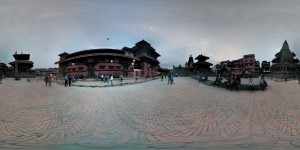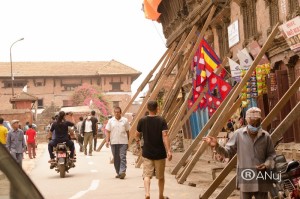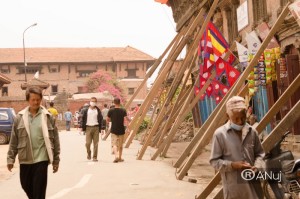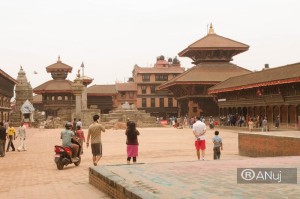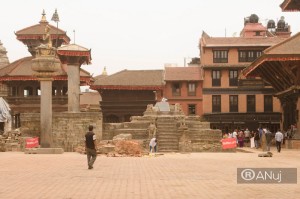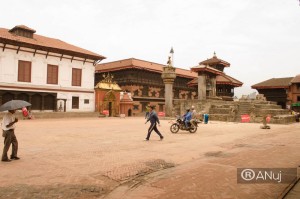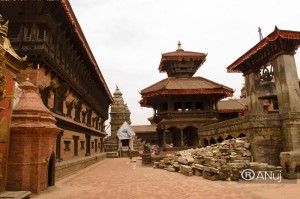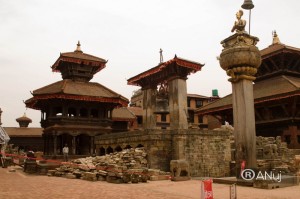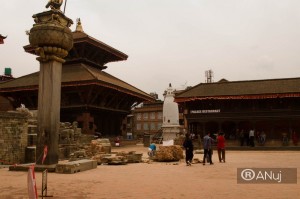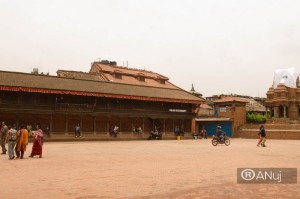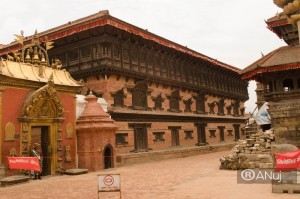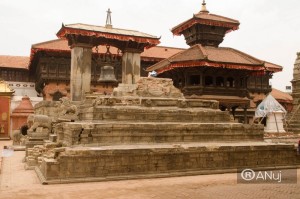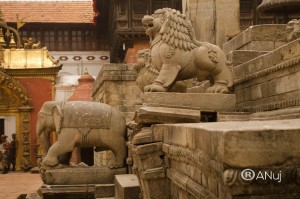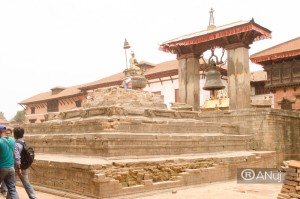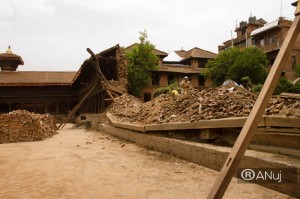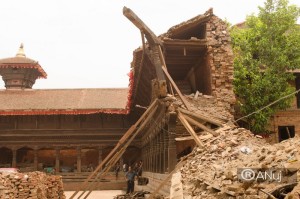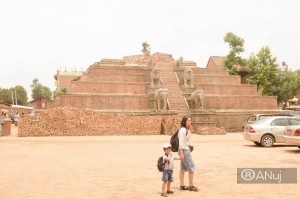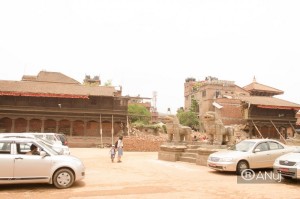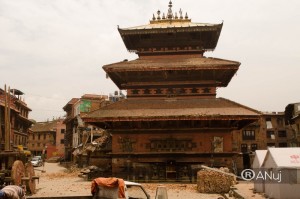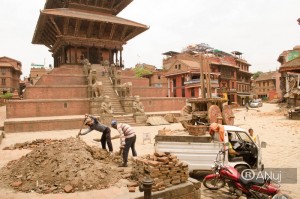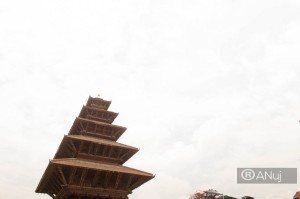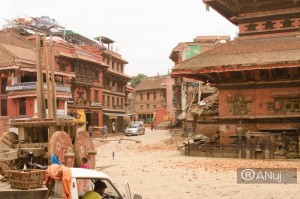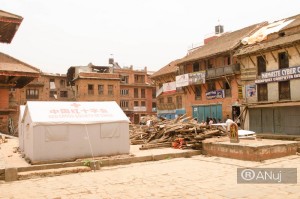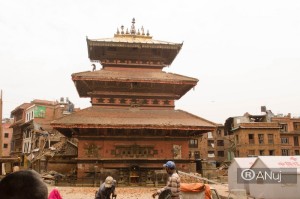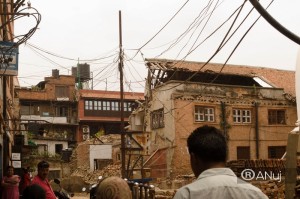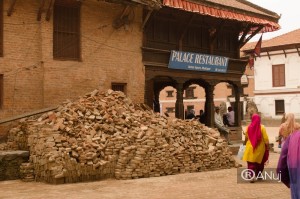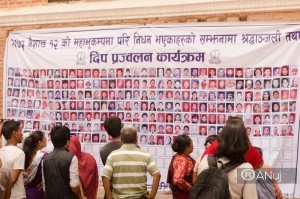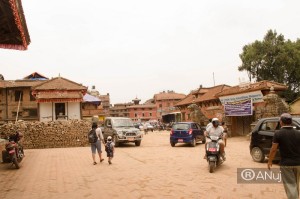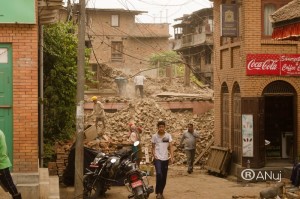Frustration as tourists stay away from quake-hit Nepal
POKHARA, Nepal: Boatman Hem Gurung waits listlessly on the deserted banks of Lake Phewa in the shadow of Nepal’s spectacular Annapurna mountain range for tourists that do not come.
“Since the earthquake, Pokhara has been empty,” Gurung complained to AFP in the lakeside resort, which once thronged with tourists attracted by its Himalayan vistas and outdoor adventure activities.
“Without tourists there is no work. I should be making thousands, but at the moment we are lucky to earn a hundred or two (US$1-2) a day,” said the 49-year-old, who has worked as a boatman and tourist guide in Pokhara for 15 years.
Pokhara’s cheery backpacker cafes, hotels and handicraft stores escaped the quake unscathed, as did the popular Annapurna trekking trails that snake upwards from the resort.
Yet tourist arrivals have fallen off a cliff since the Apr 25 disaster, and bookings are 95 per cent down on the same period last year. It is a pattern replicated across the desperately poor Himalayan country, which relies on tourism for around four percent of its gross domestic product and 3.5 per cent of all employment.
“About 90 per cent of tour bookings until September have been cancelled,” said Dal Bahadur Limbu, who runs Kathmandu-based travel agent Fast Travel and Tours.
“Revenue from this season is gone.”
Many popular tourist destinations were devastated by the quake, which together with a strong May 12 aftershock killed nearly 8,800 people and destroyed half a million homes.
The disaster struck at the height of the spring trekking season in Nepal and killed dozens of tourists, stranding many others in remote mountain areas cut off by landslides and accessible only by helicopter.
It triggered a massive avalanche that wiped out the village of Langtang, a stopping-off point on a popular trekking route of the same name, burying it under tonnes of ice and rock.
Another avalanche hit Everest base camp at its busiest time ahead of the spring climbing season, killing 18 people.
But many tourist draws were virtually untouched, including the popular Annapurna trails in the west of the country, the wildlife-rich national parks of the southern plains and Buddha’s birthplace, Lumbini.
‘WE ARE VICTIMS TOO’
“We have to let the world know that we are safe and ready to welcome travellers,” said Ganesh Bahadur Bhattarai, who is coordinating a campaign to bring tourists back to Pokhara for the autumn season.
The tourism entrepreneur is pushing for an international airport in Pokhara, a long-stalled project conceived 40 years ago. “Kathmandu is the only gateway for international tourists, but it was affected by the quake,” he said.
Many Western countries, including the United States, Britain and Canada, are still advising against all non-essential travel to Nepal, citing the risk of aftershocks and further landslides in quake-hit areas.
Most travel insurance policies are invalidated by such advice, a major deterrent to tourism.
Many of Nepal’s tourists come from neighbouring India and China, neither of which have advised against travel.
But arrivals from both countries have fallen dramatically and travel companies in Nepal said Chinese tourists were having trouble getting official permission to travel there.
Eager to lure foreign visitors back, Nepal’s government recently reopened the historic former royal squares of the Kathmandu Valley and declared the area open for tourism.
The government estimates it needs more than US$400 million to rebuild damage to infrastructure.
Tourism ministry spokesman Madan Krishna Sapkota said the effect might last two more years, with losses estimated at US$623 million. But some experts see that as optimistic because it does not take into account the trickle-down effect on local economies.
In Pokhara the handicraft shops and cafes selling traditional Nepali dishes alongside such backpacker favourites as pizza and pancakes stand empty.
Australian construction worker Evan Kosic was among a handful of tourists who had ignored pleas from family and friends to cancel his travel plans.
“It is not nearly as bad as we thought it would be,” said the 33-year-old after returning from a trek in the Annapurnas that only he and his friend showed up for, even though 14 originally signed up. “You probably do more damage by not coming. People don’t know how much they are missing out.”
More than 100 paragliders used to take off daily, colouring Pokhara’s skies, but that is down to around 10 flights. “It wasn’t this bad even during the war years,” said Pokhara taxi driver Govinda Adhikari, referring to the decade-long Maoist insurgency that ended in 2006. “Our houses are fine, but we are earthquake victims too.”
– AFP/rw (http://www.channelnewsasia.com/news/asiapacific/frustration-as-tourists/1930514.html)



